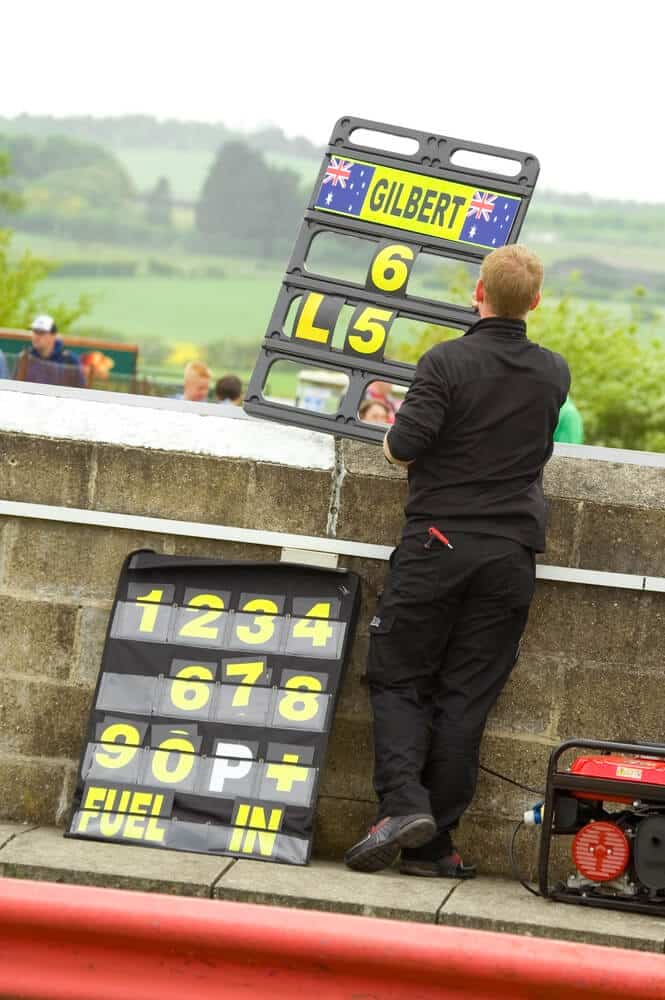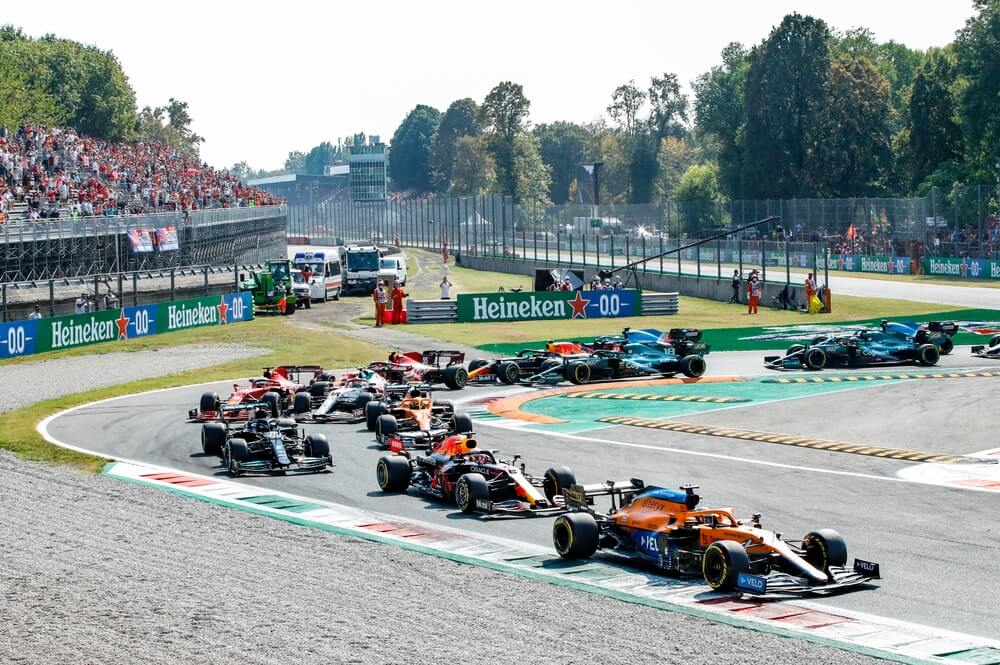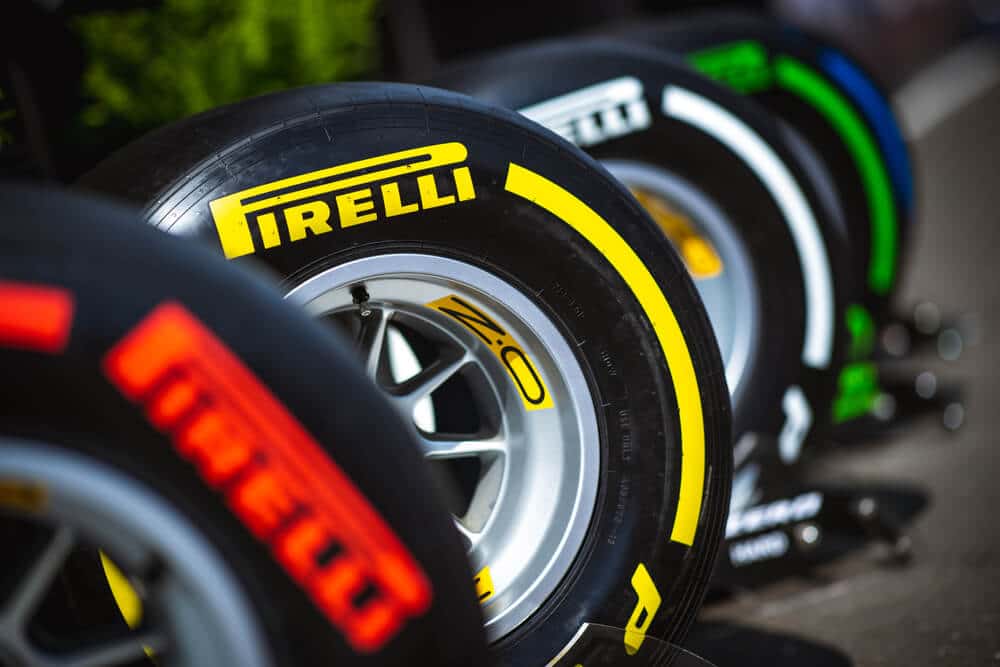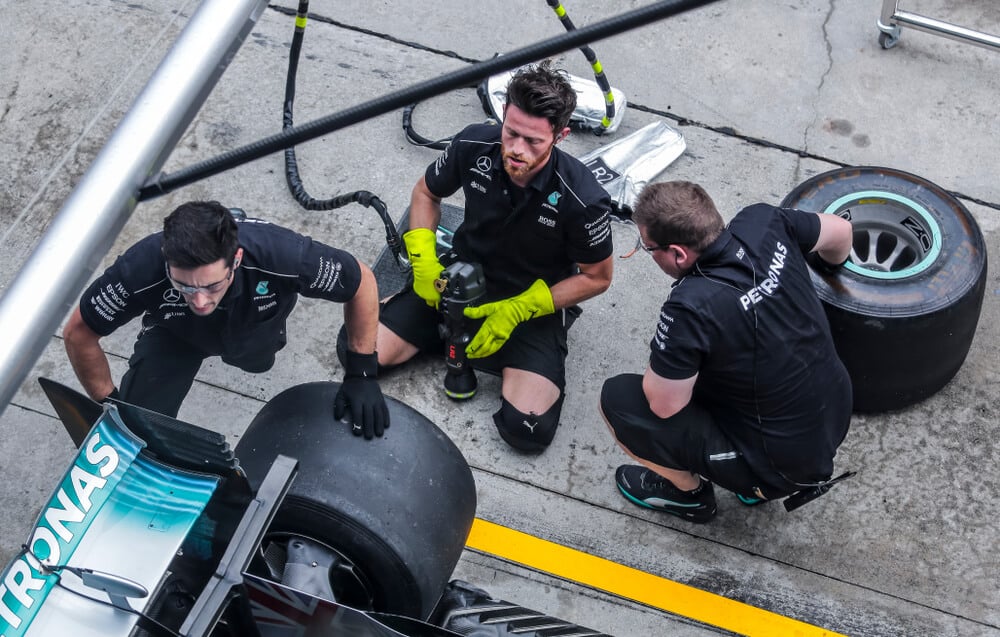F1 Pit Boards are an essential component of modern motorsports, used to convey critical information to the drivers during a race. The boards have evolved significantly over the years, and they are now equipped with advanced technology that enables teams to communicate with drivers in real-time.
In this article, we will take a closer look at F1 Pit Boards and explore their history, components, functionality, regulations, best practices, and more.
Table of Contents
Watch this video to learn more about tyre pit boards in F1.
History of F1 Pit Board
F1 Pit Boards have a long and rich history, dating back to the early days of motorsports. In the past, the boards were made of wood or metal and had simple messages written on them.
As the sport evolved, so did the Pit Boards. The introduction of electronic displays in the 1980s revolutionized Pit Board technology, making it possible to display more complex messages.
Components of F1 Pit Board
F1 Pit Boards are composed of various components that work together to display messages to the drivers. The most common components include:
- LED panels and lights: These are used to display messages in bright colors that are visible to the driver even in bright sunlight.
- Message display unit: This unit contains the software and hardware needed to generate and display messages.
- Data receiver unit: This unit receives messages from the team’s central computer and transmits them to the message display unit.
- Power source: F1 Pit Boards need a reliable power source to operate continuously during a race.
- Weatherproofing: Since the boards are exposed to the elements, they must be weatherproofed to protect them from rain, wind, and dust.
Functionality of F1 Pit Board
The F1 Pit Board’s primary function is to convey critical information to the driver in real-time. The messages displayed on the board can include anything from lap times and race positions to fuel levels and tire wear. The board is operated by a dedicated Pit Board specialist who works closely with the team’s engineers and strategists to ensure that the right messages are displayed at the right time.
The messages displayed on the board must be clear and concise to avoid confusion. The Pit Board specialist must also be able to communicate with the driver effectively, conveying information quickly and accurately.
F1 Pit Board Regulations
The FIA, the governing body of motorsports, has regulations in place that dictate how teams can use F1 Pit Boards during a race. For example, teams are only allowed to display a limited number of messages, and each message is restricted to a certain number of characters. The use of certain colors and graphics is also prohibited.
These regulations ensure that all teams have an equal opportunity to communicate with their drivers during a race and prevent any unfair advantages.

Best Practices for F1 Pit Board
To use F1 Pit Boards effectively, teams must follow best practices that have been developed over the years. These practices include:
- Pre-race planning: Teams must develop a clear plan for what messages they will display during a race and when they will display them.
- Effective communication: The Pit Board specialist must be able to communicate effectively with the driver and the team’s engineers and strategists.
- Training: The Pit Board specialist must be trained to use the board effectively and to troubleshoot any problems that may arise during a race.
- Clear messages: Messages displayed on the board must be clear and concise, and they must be displayed at the right time to avoid confusion.
F1 Pit Board vs Radio Communication
While F1 Pit Boards are an essential component of modern motorsports, they are not the only way teams can communicate with their drivers during a race. Radio communication is another common method used by teams to relay messages to their drivers.
There are advantages and disadvantages to both methods. F1 Pit Boards are reliable and can display messages even when radio communication is disrupted. However, they are limited in terms of the amount of information that can be conveyed. Radio communication, on the other hand, allows for more complex messages to be relayed, but it is susceptible to interference and can be distracting for the driver.
Ultimately, the choice between using an F1 Pit Board or radio communication depends on the team’s strategy and the specific circumstances of the race.
Examples of F1 Pit Board Messages
F1 Pit Boards can display a variety of messages during a race, depending on the team’s strategy and the driver’s needs. Some common examples of messages displayed on Pit Boards include:
- Lap times: Lap times are a critical piece of information for drivers, and teams will often display the driver’s current lap time and their best lap time on the board.
- Race position: Drivers need to know their position in the race, and the Pit Board can display this information in real-time.
- Fuel level: Fuel management is crucial in F1, and teams will often display the driver’s current fuel level and advise them on when to conserve fuel or when to push.
- Tire wear: Teams can monitor the wear on the driver’s tires and advise them on when to pit for fresh tires.
- Safety car: In the event of a safety car deployment, teams can use the Pit Board to inform the driver of the situation and adjust their strategy accordingly.
Frequently Asked Questions
1. What is an F1 Pit Board?
2. What information can be displayed on an F1 Pit Board?
3. How has the F1 Pit Board evolved over the years?
4. How do teams communicate with drivers using an F1 Pit Board?
5. What are the advantages of using an F1 Pit Board over radio communication?
Conclusion
F1 Pit Boards are an essential component of modern motorsports, providing teams with a reliable method of communicating with their drivers during a race. The boards have evolved significantly over the years, with electronic displays replacing traditional wooden or metal boards. To use the board effectively, teams must follow best practices that include pre-race planning, effective communication, training, and clear messages.
While F1 Pit Boards are a reliable method of communication, teams may also use radio communication to relay messages to their drivers. Ultimately, the choice between using an F1 Pit Board or radio communication depends on the team’s strategy and the specific circumstances of the race.
With the right use of F1 Pit Boards, drivers can receive critical information that can make the difference between winning and losing a race.
Article sources
Learn more about Formula One
Want to learn more about F1? Then visit our Formula 1 glossary and dictionary.



